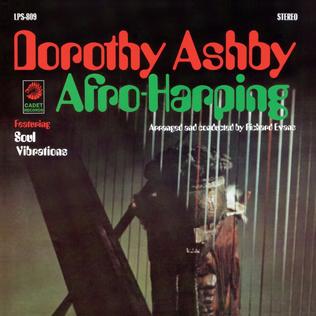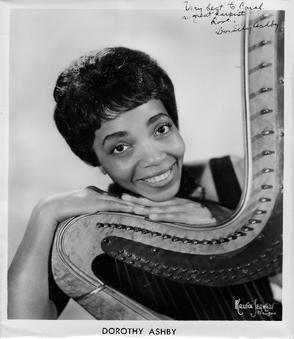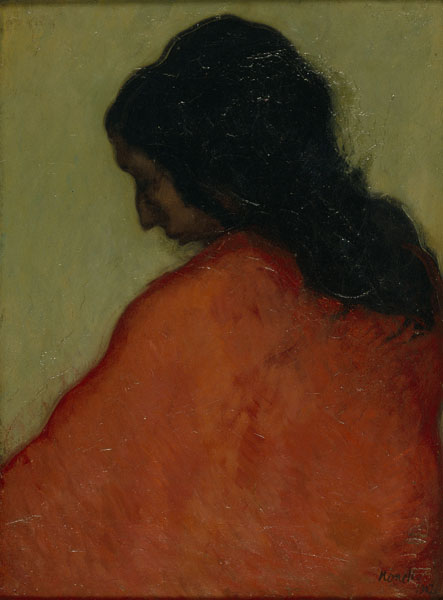(8 quatrains)
1. new moon
chrome
hubcap complete with bolts lies on blacktop
as
if about to set below the curb’s rise—
yucca
stalks against white sky, blossoms faded:
moon’s
blank disc invisible past the pink clouds
2. waxing crescent
twilight’s
losing its cobalt blue momentum;
it
comes down to three red lights suspended in
a
horizon silver as that one stopped car:
pinprick
planet next to this swelling crescent
3. half moon
bare
chestnut limbs a character inked on this
violet
sky—what does their radical mean?
white
musk odor of Queen Anne’s lace on the lawn:
half
moon bowing its head in recollection
4. waxing gibbous
those
nameless trees on the side street look that much
darker
than the sky; bus stop shelter absorbs
the
red light’s spill, but is otherwise empty—
moon
out of round against a purple curtain
5. full moon
three
moths flash off & on, eccentric spirals
through
the security light’s high amber heat—
out
of sight between dark houses, cars murmur:
moon
catches metallic sun in empty night
6. waning gibbous
the
Siamese cat materializes
from
the patio shikimi, blending with
patched
concrete, parched grass, illuminated leaves:
moon
rises past the roof without commotion
7. last quarter
this
sun highlights the galvanized downspout’s joints;
the
hummingbird feeder, dangling from a beam,
is
filled with sugar water, & plums shine ripe,
but
the half moon’s upturned bowl sinks into clouds
8. waning crescent
the
parking strip sunflower’s grown too heavy
to
look up at the black & white prop plane as
it
circles that crow standing in Queen Anne’s lace;
this
moon has grown so faint you’d need to look twice
Jack Hayes
© 2017








